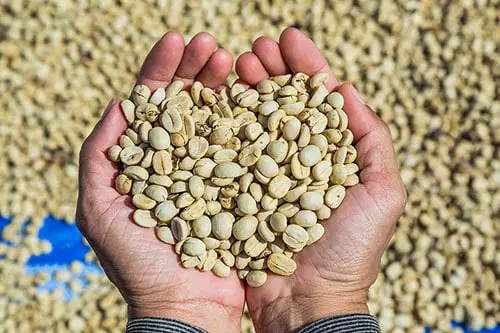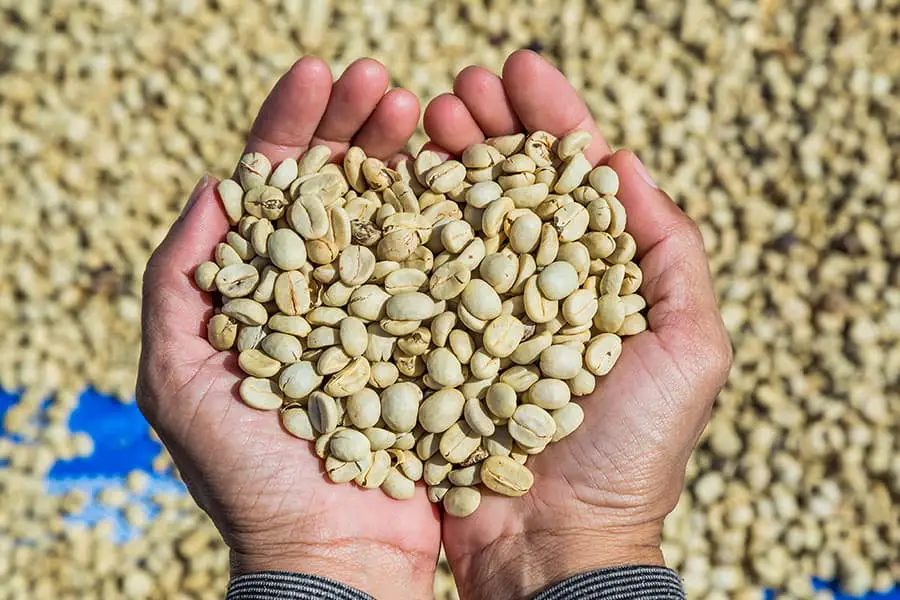
Honey processed coffee is a unique method of processing coffee beans that combines elements of both washed and natural processing methods. In honey processing, the coffee cherries are partially stripped of their outer layer, leaving some of the fruit pulp on the beans.
This results in a coffee that has a sweetness and body similar to natural processed coffee, but with a cleaner and more balanced flavor profile like washed coffee. Honey processed coffee has become increasingly popular in recent years for its unique taste profile and versatility.
The Basics of Honey Processed Coffee
Originally, people allowed coffee to dry in the sun with their fruit part intact until it was ready for milling. Today, you will find some washing the coffee after they have removed the fruit and then drying it. This method is the most predominant and the fastest.
Hybrids between the drying and washing exist, which are the natural pulped, honey process and the black honey process. Regardless of the method applied, the processors have to mill or hull the coffee to remove the last layers of the skin, which protect the inside beans.
The honey coffee process is the hardest and most demanding coffee processing method. The processor has to start by pulping the coffee and then spreads it out for drying without any washing to leave part of the pulp. The processor spreads the coffee beans thinly on special drying beds and turns them after every one hour for 10-15 days to gain the needed stability.
The result is usually a coffee with fine elegant attributes associated with the high-end washed coffee coupled up with substantial fruit and body sweetness of the natural coffee. In Central America, this process is refined and includes yellow, white, black and red styles.
The processors base the grouping on the percentage of flesh they leave on the coffee bean after pulping and the drying process.
Does Honey Processed Coffee have Honey in it?
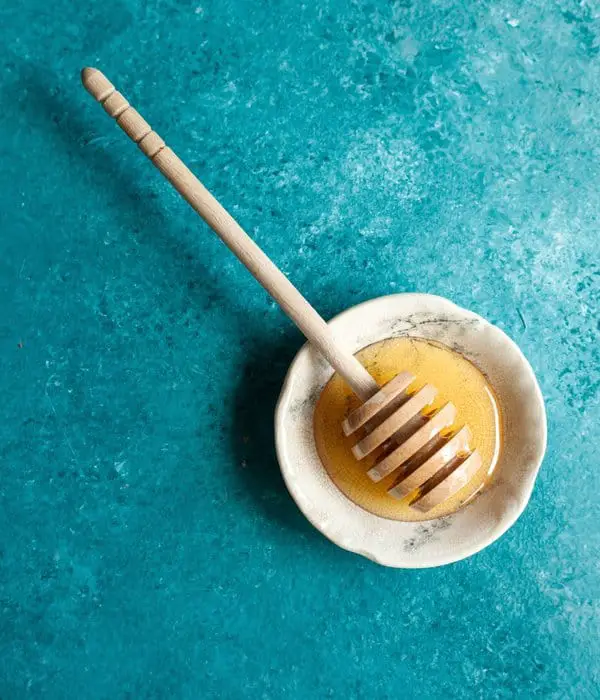
Honey processing does not involve any honey. The honey has to do with the amount of mucilage the processor leaves on the coffee parchment. The more mucilage the processor leaves, the more honey the coffee will have.
The honey processing method is similar to the widely known washed coffee process, only that it does not involve some of the processes associated with the washed process. Different coffee growing regions of the world will have a different name for this process. For example, Sumatra calls it the wet hulling process.
The processors use the ripest cherries only, which they pick and sort to get the highest grade. They then pass the cherries through a pulper that splits the skin and uses centrifugal force to force the coffee beans out.
Instead of directing the beans to the fermentation tanks and the washing channels, they leave them to dry with various mucilage amounts still intact. They use a mechanical demucilager to set the amount of mucilage to leave on the beans.
In Costa Rica, the amount of mucilage determines the kind of honey process. A quick example:
- The white honey process involves removal of 80-100 percent of mucilage
- The yellow honey process involves removal of 50-75 percent of the mucilage
- The Red honey process involves removal of 0-50 percent of mucilage and
- The Black honey process involves removal of the least amount of mucilage possible
After the processor has attained the target level of mucilage, they spread out the coffee on patios for drying. They constantly turn and rake the coffee to eliminate the chances of rotting and fermentation – the turning reduces the moisture amount to the needed 10 – 12 percent.
At that point, the coffee beans will have the appearance of candied nuts – that is where the phrase “honey process” comes from. The processor has to store the coffee beans until they are ready for distribution.
The result of this process is sweet, smooth cups of coffee with huge mouthfeel in addition to muted acidity. The Costa Rica Las Lajas Black Honey Alma Negra is a good example of this coffee as it offers a sweet fruit flavor.
How Is Honey Processed Coffee Different than Other Processes
As we have already stated, there are many coffee processing methods. The honey process, the black honey processed method, and the pulped natural coffee methods are only a few of them.
To understand how the honey process differs from the others, it is good you start by understanding the stages involved in the other methods. Here is what to expect with the washed coffee method, black honey processed coffee and pulped natural coffee.
Washed Processed Coffee
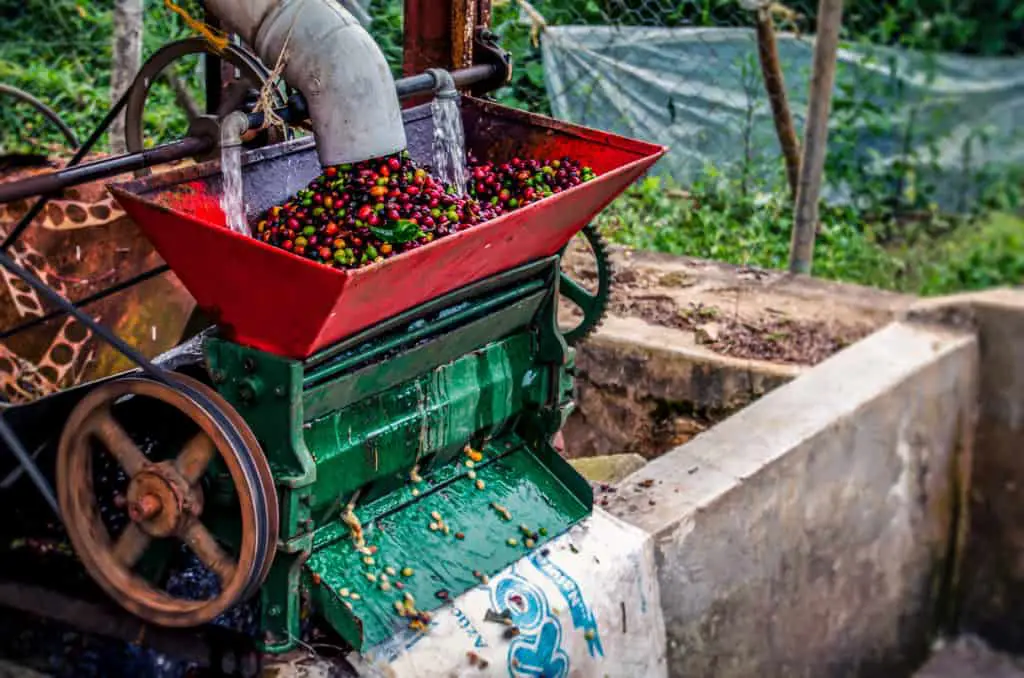
The method is more popular in Central America because water is easily available and plentiful. The process involves soaking coffee beans to soften them and remove the cherries.
They then ferment the coffee and wash it in water to remove any mucilage. Some processors choose to use depulper, which is the mechanical removal of the cherry. They then dry the beans in the sun or in mechanical driers before they prepare them for export.
The washed coffee exhibits the characteristics of the reminiscent of the particular location – temperature, altitude and soil that affect its final texture.
You are likely to get clean light tasting notes – tea, citrus and subtle chocolate – as compared to the natural coffee. Guatemala Huehuetenango is an example of washed coffee. It is clean, balanced, has notes of cinnamon and dark honey with some brightness.
Pulped Natural Coffee
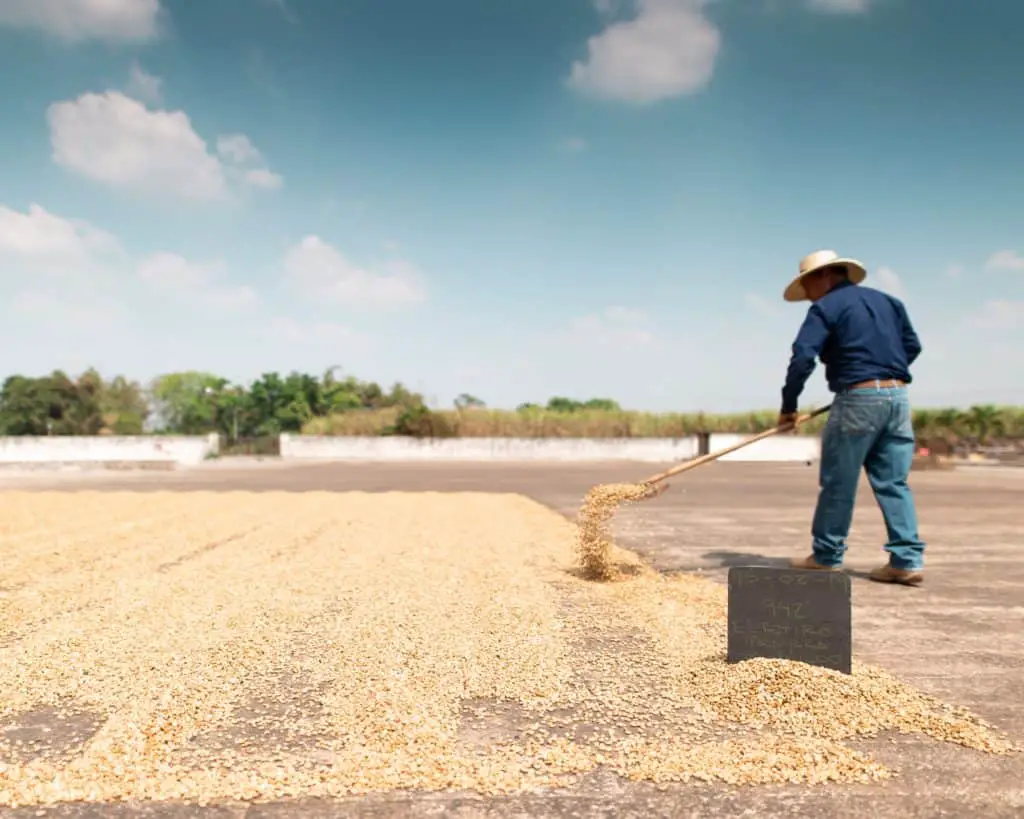
The pulped natural coffee process is simple and cost-effective. It is also the oldest method of processing and environmentally friendly.
The method involves drying of the coffee beans inside the cherry, on a patio to facilitate uniform drying or in mechanical driers. The processor will then use a hulling machine to remove the dried cherry from the bean.
A processor has to dry the cherry around the bean, which means that the pulped natural coffee comes with earthy fruity flavours.
For instance, Ethiopia Sidamo has a taste similar to that of the blueberry muffin. The Ethiopian Yirgacheffe Fair Trade Organic coffee has a candied orange peel and strawberry taste.
The method offers mellow full-bodied coffee, but it gives room for nuance. Actually, the growing popularity of pulped natural coffee process has led to more experimentation in areas where washed coffee was the order of the day. Fundamentally, the approach has helped farmers to expand their coffee offering and lend an advantage in the competitive coffee market.
Black Honey Processed
In the black honey process, part of the cherry remains on the coffee bean and the processor covers it during the drying process. People associate honey with bees and the honey-like flavor, but the phrase has to do with the mucilage the coffee processor leaves on the bean.
In the traditional washed coffees, the processors mechanically washed the coffee to remove the pulp and the skin.
Today, they use hand-rollers, which provide them with the level of control they need to leave a percentage of mucilage they need on coffee beans. The process is complex, expensive and laborious but it is a good way of producing green coffee – it provides rich-bodied coffee full of flavor.
The farmers have to pick the ripest cherries because they contain good levels of acids and sugar, which are important for the fermentation process.
After the fermentation, the processors start the laborious process of drying the coffee beans. They have to dry the beans at the right pace because if dried very quickly the green coffee beans might not absorb the flavors from the mucilage.
When dried very slowly, the result is over-fermentation and the coffee beans might become moldy.
The balance is delicate and starts by moving or stirring the coffee beans severally – that might take around 8-10 hours. In the 6-8 days that follow, the processor has to rake the beans at least one time each day while still drying to even the moisture the beans absorbed at night.
The black honey processed beans provide sweet fruity undertones with balanced acidity. They come in three levels, which are black, red and the yellow level. The main difference between the three levels relates to the drying technique, drying time and the amount of mucilage.
What are the Key Differences for Each Method?
First, the honey process does not involve any honey. The beans people grind and brew are the seeds of coffee fruits. The sticky sugary layer is the mucilage, the processors leave to dry. It has a sticky texture and golden amber color.
Unlike the washed coffee process, the honey process coffee uses less water. Almost every step in the washed coffee process involves water. The producers use water to transport the coffee, to swell and sort it and to wash the beans before drying them.
The process can consume over 40 gallons to produce one cup of coffee.
The water saving happens in the last stage of the honey process because the mucilage has to dry on the beans. Producers, therefore, remove it mechanically without the need for water.
And unlike the natural pulped coffee, the honey process coffee process does not require the producer to dry the coffee beans inside the cherry. The process also differs from the black honey process in that it does not involve any fermentation process.
Final Thoughts
If roasted right, It’s a great option for coffee drinker who want to try something new and experiment with different flavors. Whether you prefer a light and fruity coffee or a rich and sweet brew, honey processed coffee is definitely worth trying.

